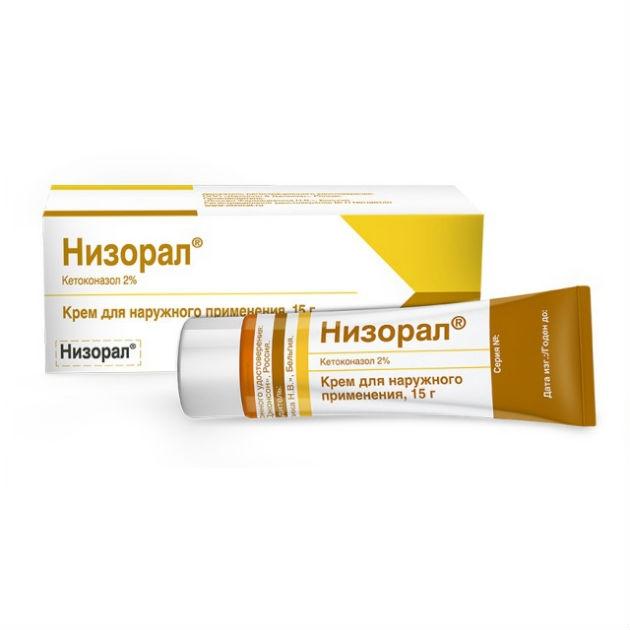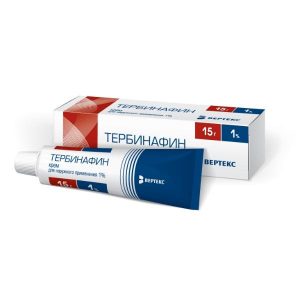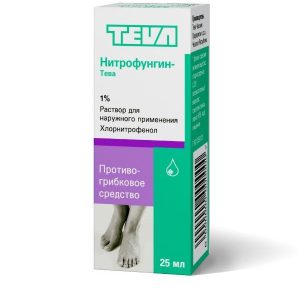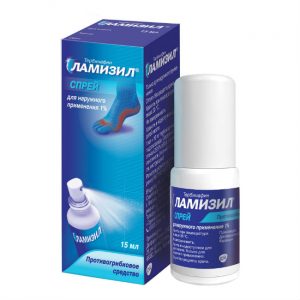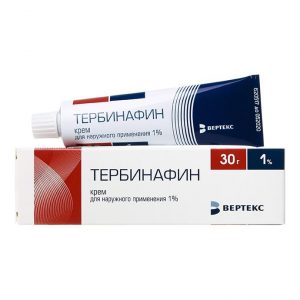Description
Latin name
Nizoral
release form
cream
Packaging
Tube 15 g
Pharmacological action of
Nizoral is an antifungal drug derived from imidazole dioxolane. It has fungicidal and fungistatic effects. The mechanism of action is the inhibition of ergosterol biosynthesis and a change in the lipid composition of the fungal membrane.
It is active against dermatophytes: Trichophyton, Microsporum, Epidermophyton floccosum of yeast and yeast-like fungi Candida, Pityrosporum, pathogens of systemic mycoses (Cryptococcus spp.), dimorphic fungi, pathogens of some dermatomycoses (Trichocophyton spp. (Candida spp.), Higher fungi (eumitsets), as well as in relation to gram-positive cocci (Staphylococcus spp., Streptococcus spp.).
Nizoral Shampoo is a new form of ketoconazole. It is designed specifically for the treatment of pathologies often encountered in dermatology, such as seborrhea.
It has been proven that the main cause of dandruff is the microscopic yeast Piturosporum ovale.
It is often present on the scalp, as a saprophyte.
Under certain conditions, various functional disorders, pathological growth of the fungus was observed, causing abundant exfoliation of epithelial cells of the scalp.
In the selection of various antimiotics, scientists chose Nizoral. This medication is most effective for treating Piturosporum ovale Yeast.
Indications
dermatomycosis of smooth skin
inguinal epidermophytosis
epidermophytosis of the hands and feet
candidiasis of the skin
pityriasis versicolor
seborrheic dermatitis caused by Pityrosporum ovale.
Contraindications
Hypersensitivity to the components of the drug.
Composition
1 g of cream contains:
Active substance:
ketokonazol20 mg
Excipients:
propylene glycol,
alcohol stearyl,
alcohol, cetyl,
sorbitan stearate,
polysorbate 60,
polysorbate 80,
isopropyl,
sodium sulfite anhydrous ,
purified water.
Dosage and Administration
Externally.
Candidiasis of the skin, dermatomycosis of smooth skin, inguinal epidermophytosis, epidermophytosis of the hands and feet, pityriasis versicolor: the cream is applied once a day to the affected skin and the immediately adjacent area.
Seborrheic dermatitis: the cream is applied to the affected area 1 or 2 times a day, depending on the severity of the lesion. For maintenance therapy – 1 or 2 times a week.
Treatment should be continued for a sufficient period of time, at least within a few days after the disappearance of all symptoms of the disease. The diagnosis should be reviewed if there is no clinical improvement after 4 weeks of treatment. General hygiene measures should be followed to control the sources of infection and reinfection.
Usual duration of treatment: pityriasis versicolor – 2-3 weeks, skin candidiasis – 2-3 weeks, inguinal epidermophytosis – 2-4 weeks, dermatomycosis of smooth skin – 3-4 weeks, epidermophytosis of the feet – 4-6 weeks, seborrheic dermatitis – 2 4 weeks.
Side effects of
From the side of the central nervous system and peripheral nervous system: headache, dizziness, paresthesia, photophobia, reversible increase in intracranial pressure.
From the digestive system: nausea, vomiting, diarrhea is very rare – a reversible increase in transaminases, hepatitis.
From the hematopoietic system: thrombocytopenia.
From the reproductive system: gynecomastia, oligospermia, menstrual irregularities.
Local reactions: when applying the cream rarely – skin irritation, burning sensation, contact dermatitis.
Active ingredient
Ketoconazole
Dosage form
cream
Janssen Pharmaceuticals N.V., Belgium
